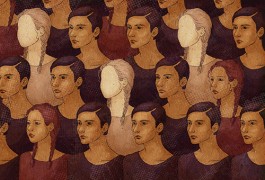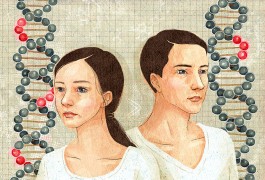Spectrum: Autism Research News
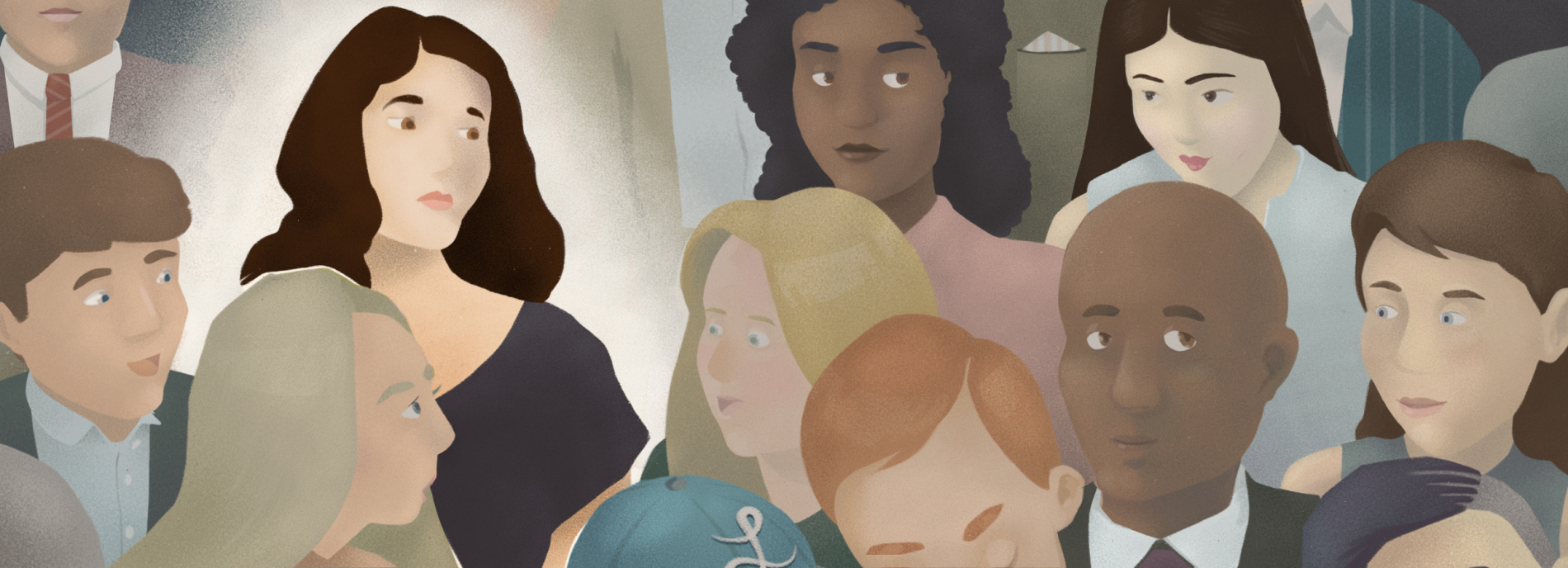
Sex/gender in autism
One of autism’s most consistent features is the inconsistency with which it affects the two sexes. For every girl with autism, there are roughly four boys with the condition. Autism is not the only condition to show this bias, but what it has come to mean in society is unfortunate: Girls with autism get little attention or understanding.
For this report, we commissioned a series of articles exploring the many aspects of autism in girls and women and how the disorder may express itself differently in girls than it does in boys. Together, these articles illustrate how little we still know about the role of sex and gender in autism.
Clinically, at least, there seems to be some difference in how autism appears in women. Somer Bishop explains that autism symptoms are subtler in girls than they are in boys. As a result, doctors looking for only obvious signs of autism may not find them in girls. Valerie Paradiz, mother of a man with autism, reveals how she flew under the radar for decades before being diagnosed with autism herself.
The diagnostic criteria for autism are based primarily on research in boys, placing the onus on clinicians to suss out the signs in girls. This is a tricky task given that girls may be more adept at masking their symptoms, according to Francesca Happé. Autism may also look misleadingly different in girls, presenting as anorexia or other eating disorders, for example, says Nancy Zucker.
Overall, however, there is little understanding of how autism manifests in girls and women, and these girls and women bear a heavy emotional toll, as Apoorva Mandavilli reports in her article.
Even less understood are people who consider themselves ‘gender queer’ or ‘non-binary:’ Emily Brooks writes a first-person account of what it means to fight for equality and dispel myths about society’s gender norms.
Researchers are trying to close these gaps, with an increasing number of studies focused on sex and gender in autism. Even funding agencies are now on board, requiring scientists to include equal numbers of male and female mice in basic research — something that was rare before last year.
Slowly, these studies are leading to a better understanding of autism in women. For example, geneticist Stephan J. Sanders presents the robust hypothesis that girls are protected from autism. Identifying the factors that confer this ‘female protective effect’ could help lead to treatments for autism in both sexes. In another article, Meng-Chuan Lai argues that the size and structure of brain areas implicated in autism vary by sex — and that these differences may help explain why women are protected from autism.
The brains of typical boys and girls also differ, making it difficult to separate autism’s effects from the usual sex differences. Hormones in the womb may be partly responsible for shaping boys’ and girls’ brains differently, say Meghan Puglia and Jessica Connelly.
These observations have also led to the ‘extreme male brain’ theory, which Simon Baron-Cohen, its creator, explains. For instance, attention to detail, language delays and low levels of empathy are all linked to high levels of prenatal testosterone.
To round out these insights, this special report also includes some articles from the archives. We hope it generates robust conversations about the role of sex and gender in autism.
Featured Articles
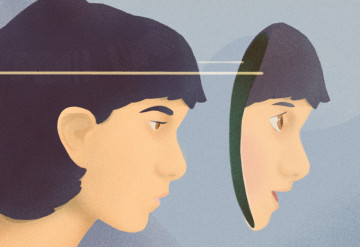
Male slant to research may skew autism’s reported sex ratio
Clinicians may need to go beyond the ‘masks’ to find autism in women.
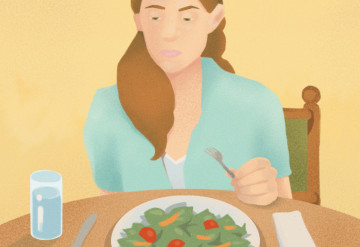
Girls with autism may stop eating to blunt social pain
Anorexia sometimes accompanies autism in girls. Refusing food may mute the confusing array of stimuli that is particularly difficult for a girl with autism to handle.
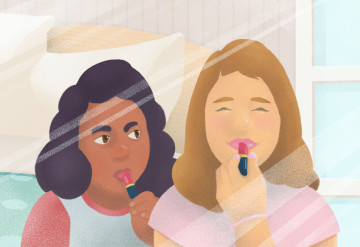
Seeking precise portraits of girls with autism
Researchers need to consider new ways of capturing how autism manifests in girls, who may find clever ways of camouflaging their symptoms.
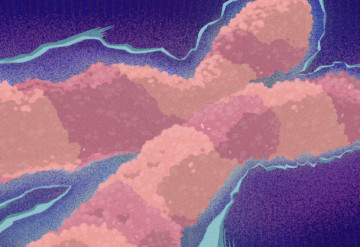
In search of factors that shield girls against autism
Identifying the factors that protect girls from autism may help us understand and possibly treat the disorder.
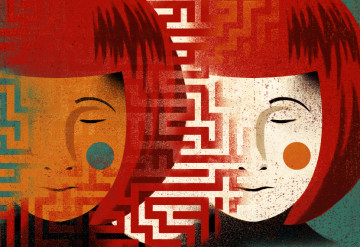
The lost girls
Misdiagnosed, misunderstood or missed altogether, many women with autism struggle to get the help they need.
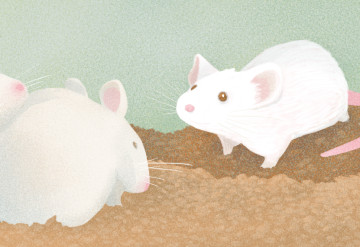
Of mice and women
A new government mandate requires researchers to include females in their animal studies — or explain why they don’t. What will this mean for autism research?
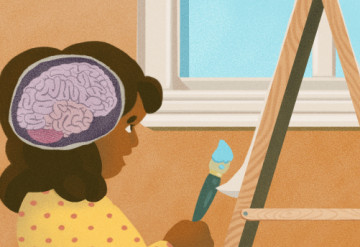
Brains of girls, boys may mark distinct paths to autism
Differences between the brains of men and women with autism may help explain why men are more susceptible to the condition and women appear to be protected from it.
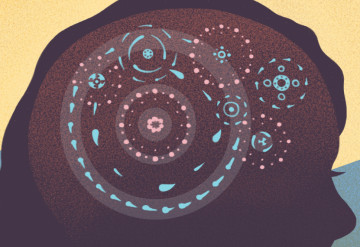
Linking autism, sex, gender and prenatal hormones
Elevated levels of fetal sex steroid hormones such as testosterone may explain many of autism’s unique features.
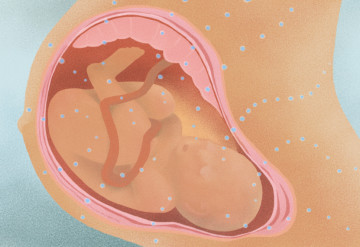
By chemically tagging genes, sex hormones shape brain
The environment’s influence on gene expression can vary by sex and affect autism’s expression.
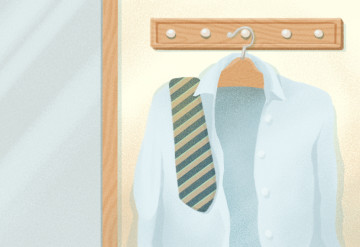
Focus on autism must broaden to include non-binary genders
It’s past time for mainstream discussions of ‘women with autism’ to recognize that a significant portion of the autistic community identifies as gender-queer or non-binary.
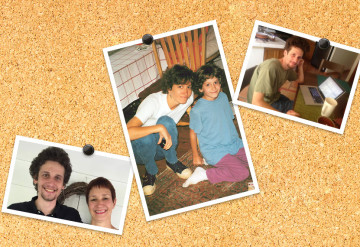
Mother-son duo with autism bond through their differences
It took me a while to see that my son had autism. Only then did I recognize the autism in myself.
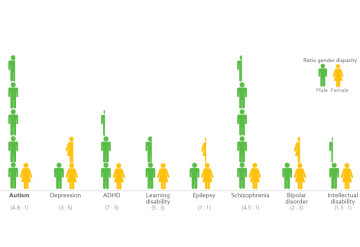
Gender disparities in psychiatric conditions
Autism is not the only brain disorder that is more common in one sex than in the other.
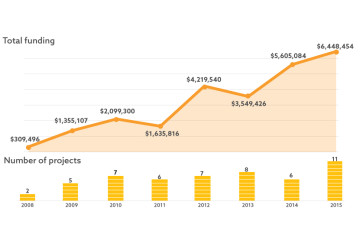
Funding for sex differences in autism on the rise
Since 2008, funding for research on how autism differs in women and men has risen steadily.


